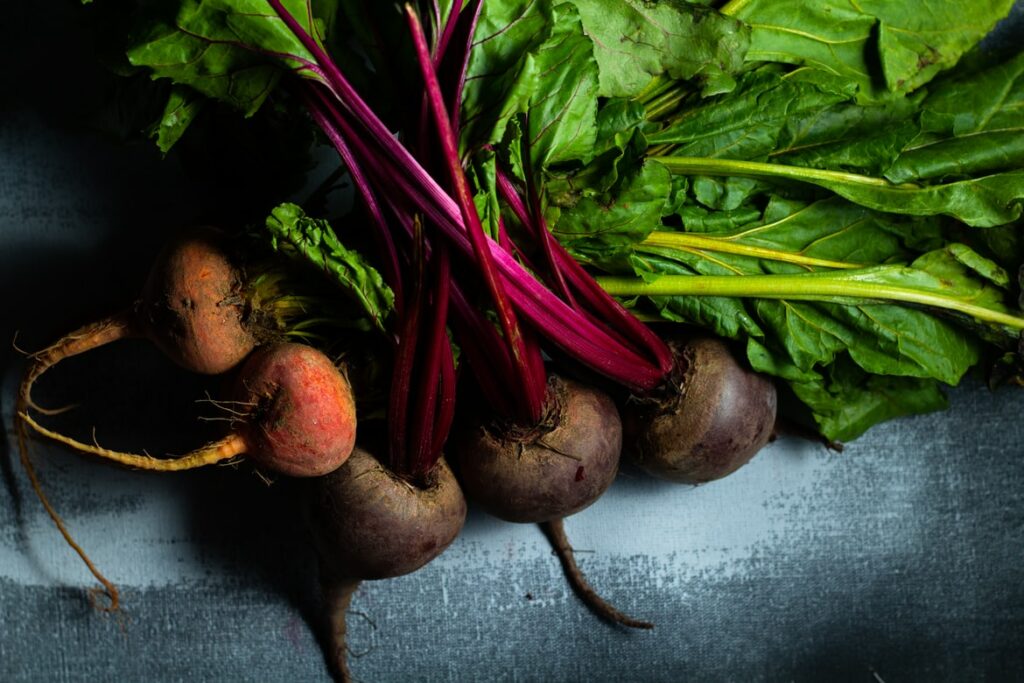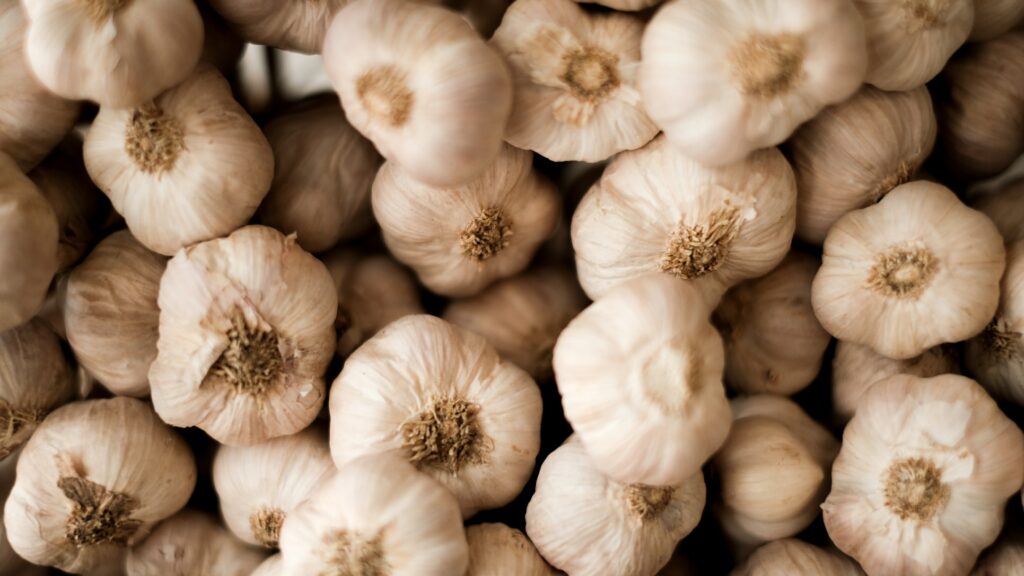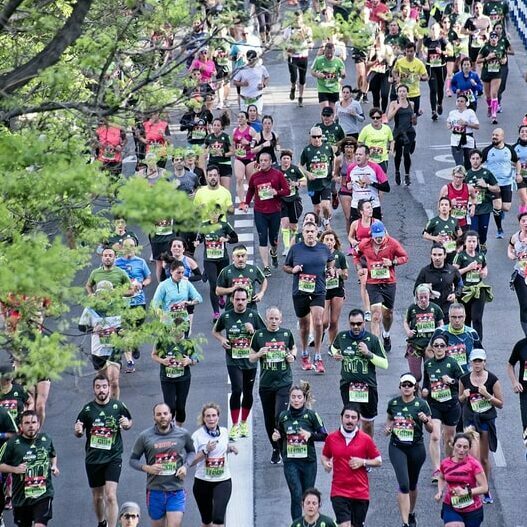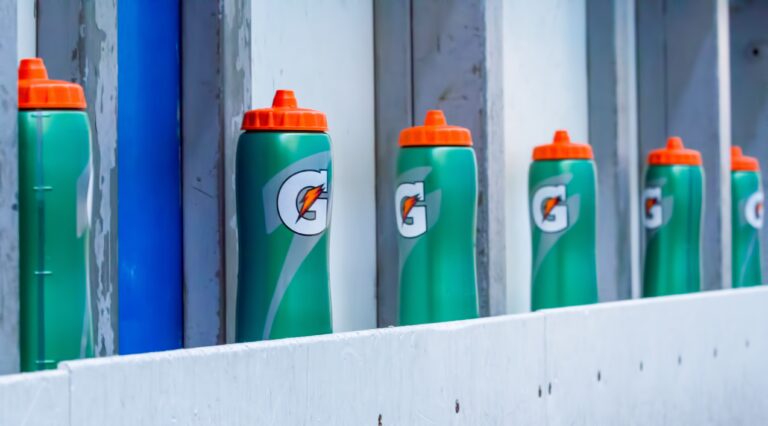You have just finished your last race of the season. That post-run high is starting to wear off as you think about what could be possible for next year. Or perhaps you have been racing virtually and are now thinking about going back to in-person races next season. Whatever the case, now is the time to start thinking about diet changes. And I’m going to help you do just that with these 4 strategies runners can implement now to PR next season.
First off, time off training is an imperative part of the training cycle. It can help the body with tissue damage repair. Also, it can increase motivation, and help prevent over-training.
The off-season is also the perfect time to bump up important nutrients and replenish depleted nutrient stores.
Here are the 4 important nutrition strategies that runners can do now to PR next season:
Get blood work done
The off-season is a great to assess nutrient levels. This will help determine if you need a supplement. Important tests to look at are: complete blood count (CBC), ferritin, B12, and 25-hydroxy D.
Make sure to ask your doctor or lab for a copy of the results. Normal lab reference ranges do not always apply to athletes, so sometimes will not be flagged as abnormal. I always ask my clients for a copy of recent results. Based on these results, we can decide on the best plan for supplement and diet moving forward.
Focus on the micros for runners
Heavy training cycles can leave you depleted of many essential vitamins and minerals. For example, minerals, such as calcium, iron, and magnesium, are lost in our sweat. Therefore, needs for athletes are higher than for sedentary individuals.
Try to focus on including more of these nutrient-rich foods in your diet. This will help with tissue repair, muscle and bone health.
- Include these Iron rich foods: beef, dark poultry meat, clams, black beans, lentils, pumpkin seeds
- Calcium rich foods include: milk or fortified plant milk alternatives, Greek yogurt, kefir, white kidney beans, almonds, kale
- Foods rich in Magnesium include: Pumpkin seeds, almonds, cashews, dark chocolate, avocado
- Antioxidants can be found in: Berries, beets, swiss chard, cherries, beans, red cabbage

Make your gut happy
Heavy periods of training can wreck havoc on your digestive system. As a result, intense training can cause changes in the GI tract, such as damage to the intestinal lining.
The off-season is an excellent time to help those healthy gut bacteria flourish! You can do this by consuming a variety of high-prebiotic foods. Prebiotics are types of fibre that provide food for the healthy bacteria in your gut. In general, adults need between 25-38 grams fibre per day (most North American diets contain half that amount!)
Some examples of foods high in prebiotics include:
- garlic, onions
- vegetables such as asparagus, cauliflower, leeks, brussel sprouts, beets, celery, squash, artichoke
- whole grains
- oats
- legumes such as chickpeas, lentils, black beans
During times of illness or stress, consider also taking a probiotic supplement that will help populate your gut with healthy bacteria. A multi-strain probiotic that contains a minimum of 10 Billion colony-forming units (CFU’s) is a good option for general health and improved immune function.

Seek support from a running nutrition expert
Last, but definitely not least, if you really want to make sure that next year’s racing season is a success, book a free 20 minute strategy session with me to see if you would benefit from working together.
A proper fueling plan that allows you to train at your best level (and feel great all around!), is the key to success. If you want to feel confident at the start line of your next race, now is the time to reach out.
My signatureFast and Fuelled Program has helped athletes across Canada achieve their goals and reach their next PR. Now is the time to take action to be the athlete you know you are!
Take it one bite at a time,
Cara








